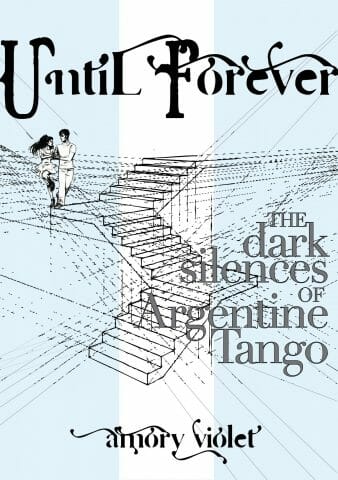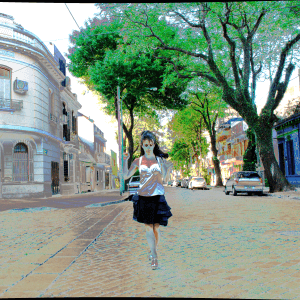Tangotourist in Berlin, Summer 2014
I had a chat tonight with a Berlin maestro and I want to share a few of his insights from our conversation. If I gain his permission, I will update this post to credit him.
Inevitably we were discussing the state of tango society.
People are not only arrogant toward other people, they are arrogant toward the dance itself.
I appreciated this point, because it relates to the sense I get that some marks are more concerned with looking good than with expressing themselves. These are the marks who try to control me, rather than using me. A mark who isn’t willing to take risks isn’t interesting to me. The maestro went further, suggesting that such an attitude dishonors tango. “What does it mean to take this dance seriously? To continue to let it be bigger than you, to take you on a journey, rather than aiming to master it for one’s own aggrandisement.”
Discussing our role models, the world-class professional dancers, he made some interesting observations. First he shared one criterion he uses for observing a dance: “Would that dance make sense if they were alone in a room?” I loved his idea because I am well aware that my best tangos happen at the end of the night, when no one is watching and it’s more likely that my partner and I fuse and travel beyond space, time, and mind.
He also noted that the dance has become more “old” in the last 10 years. By this he meant, a reversion to more polarized gender images. He showed me videos from the late 1990s, noting the performers tended to be dressed androgynously, rather than in today’s cliches of suits and fluffy, sexy dresses.
This and other shifts correspond to the massive growth of tango as an industry over this period.
He said that unfortunately there aren’t many videos from the late 1990s because recordings were forbidden by the maestros. They viewed their sequences as intellectual property, and they understood that they would not be able to recoup if recordings were available.
Of course we discussed the fetish of close embrace and the commercial production of this fetish, with the false claim that it is “traditional”. He talked about old films showing “wild” open embrace dancing during the Golden Age of tango.
Finally, we discussed our admiration for my maestros, Pablo Villarraza and Dana Frigoli, and shared our sadness that they no longer dance together. “They contributed something distinct to the global tango scene. Naveira de/constructed a pattern on the floor. Pablo and Dana gave it three dimensions and dynamic.”














